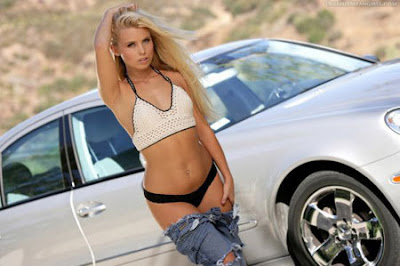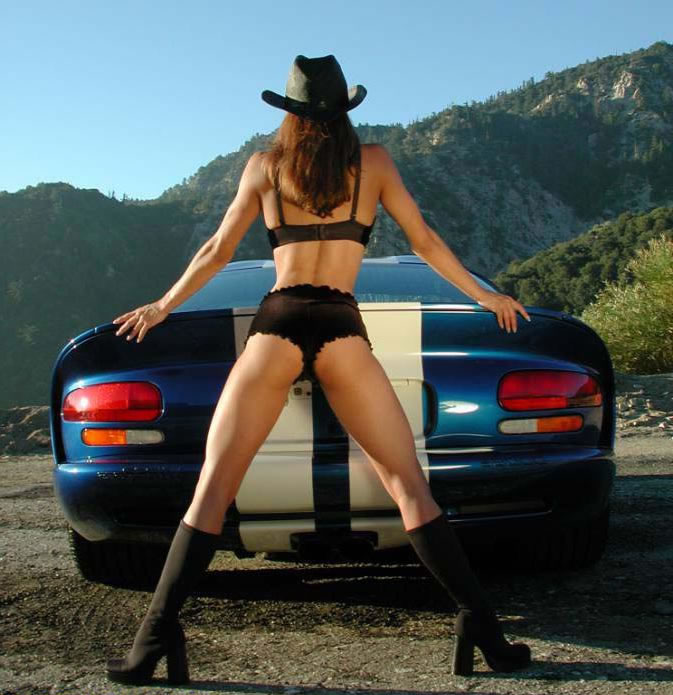|
|
|---|
Monday, February 18, 2008

The Porsche Boxster and the BMW Z4 are about to get their comeuppance. Later this year, at some multilane intersection somewhere in these United States, an unsuspecting Boxster S driver is going to glance into the next lane and see a 2005 Mercedes-Benz SLK, its new, 3.5-liter, 24-valve V-6 burbling under the newly sculpted hood. The Porsche owner, accustomed to treating SLKs with the contempt usually reserved for a buzzing fly, will regard the new Benz with only casual and condescending interest. But then he will notice the SLK driver's look of keen anticipation, and suddenly it will dawn on him that, laughable as it may seem, his precious Porsche is being invited to participate in the latest round of the world's longest race, the stoplight grand prix. With an SLK! A car that for years has been the wimpiest, girliest little German roadster this side of an Audi TT. Wouldn't it be cool to be at that intersection and see that Porsche driver's face the first time a 2005 Mercedes-Benz SLK350 smokes his butt into yesterday?
OK, we might be
stretching a bit. Mercedes estimates a 0-to-60-mph time of 5.5 seconds for the new SLK350, which is at least fully competitive with the Boxster S and the Z4, if not literally fast enough to beat them. The little Merc is no longer an effete, poseur mall crawler; and no longer is its retractable hard top its principal virtue. It's now a real, honest-to-Hans sports car, and it finally looks like one, too.

The SLK's transformation started with its body and chassis, seriously weak and flabby in the outgoing car. On paper, the improvements are expressed as 46 percent greater torsional rigidity and a nearly 20 percent increase in bending stiffness, partly the results of a body shell made from a new cocktail of high-tensile steel, aluminum, and magnesium, with a few garnishes of fiber-reinforced plastic. On the road, progress is measured by a chatty chassis that incessantly tells the driver what's going on under those four Pirelli P Zero contact patches. For anyone who has spent time in the first SLK, pushing the new car over a challenging road will be a revelation. It feels, sounds, and acts like a thoroughbred.

The SLK's stiffer body cradles improved suspension, steering, and brakes, as well as a new powertrain. The previous control-arm front suspension has been replaced by a strut-type design, which provides well-snubbed damping and good ride comfort. Rack-and-pinion steering replaces the recirculating-ball format. The SLK doesn't match the Boxster's steering feel and feedback, but it's on par with the Z4 and far surpasses the TT. In the mountain switchbacks of Mallorca, where we had to keep decelerating for hundreds of professional cyclists grinding up hillsides in preparation for the Tour de France, the powerful brakes never faded.
We have few fond memories of the original SLK's supercharged, 185-horsepower, 2.3-liter four-cylinder engine, which delivered reasonable performance but always sounded as if it had a bad cold. That problem was addressed originally by the introduction in 2001 of the optional 215-horsepower, 3.2-liter V-6 and then in 2002 with the SLK32 AMG's supercharged, 349-horsepower V-6. Yet no matter how much power was speaking up from under the hood, the SLK's complaisant chassis was, unfortunately, dominating the conversation. For 2005, Mercedes ditches the raspy blown four altogether, and we doubt any tears will be shed over the loss.
Labels: 2007 Model Car, Mercedes-Benz






















0 comments:
Post a Comment